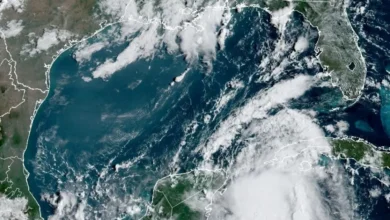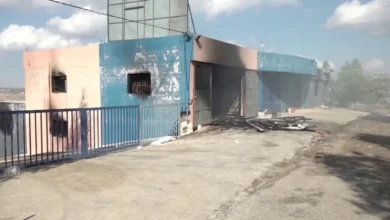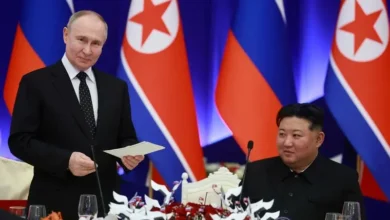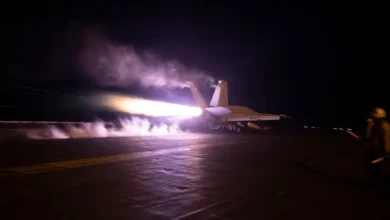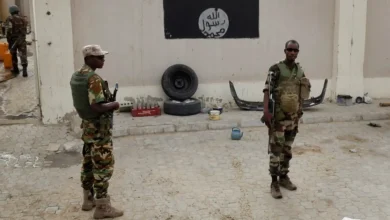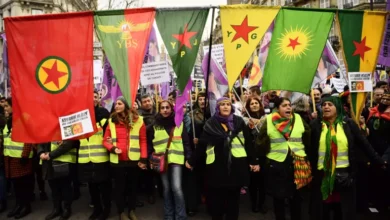Long-range missiles to hit Russia: Where does NATO stand on Ukraine demand?
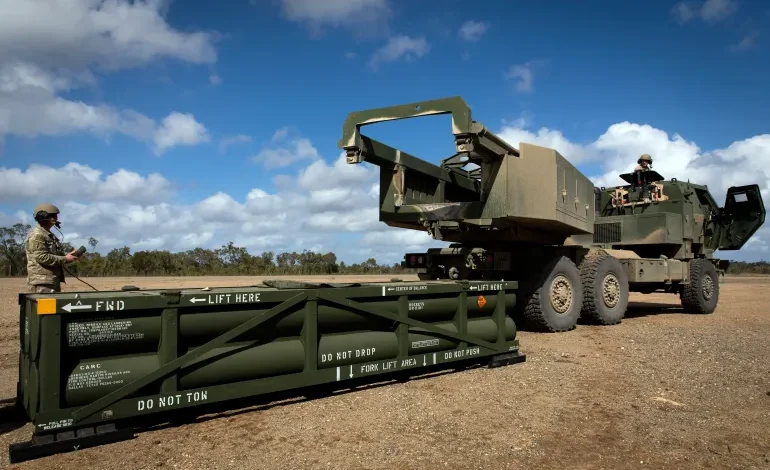
Ukrainian President Volodymyr Zelenskyy is engaged in his largest push yet to get more long-range Western missiles along with the permission to use them deep inside Russian territory.
He has said he would present Ukraine’s “victory plan” to United States President Joe Biden at the White House on Wednesday, followed by meetings with presidential candidates Kamala Harris and Donald Trump.
Trump’s plan for ending the war – which he has claimed he can do even before entering office in January in case of a victory in November – has been outlined by his running mate JD Vance, and mostly resembles Moscow’s vision, rather than Kyiv’s.
The Ukrainian effort comes as NATO remains divided on aspects of its approach to the war with Russia, particularly on the use of long-range weapons that could escalate the conflict.
Ukraine is already using long-range missiles, fighter aircraft and other high-grade weaponry provided by its Western allies to hit Russian targets in Crimea and other occupied areas inside Ukraine.
What’s the ‘victory plan’?
Zelenskyy has not yet provided any details about the plan, but has said he hopes it will bring a “just end of Russian aggression against Ukraine”.
Zelenskyy’s approach over the course of the war so far has also consisted of pushing for broader military and financial support, securing NATO membership, stressing the need to reclaim all Ukrainian territory occupied by Russia as a non-negotiable demand for peace, and advocating for more sanctions against Russia.
Other key elements in Ukraine’s demands have revolved around holding Russian leaders accountable for alleged war crimes and ensuring nuclear safety.
Ukrainian armed forces made an incursion into Russia’s Kursk in early August to disrupt supply lines and divert troops from the front lines in eastern Ukraine. Russia has mounted a counteroffensive to recapture its territory while maintaining its push into Ukraine.
Why are the missiles such a big deal?
From the US, Ukraine wants more of the Army Tactical Missile System (ATACMS). The system can shoot ballistic missiles that can carry cluster munitions up to a range of 300km (190 miles).
This means that they can hit Russian military bases and runways from which Moscow launches attacks against Ukrainian bases, along with towns and cities and energy infrastructure.
The Storm Shadow missiles of the United Kingdom, which are cruise missiles launched from aircraft, are also capable of reaching targets deep inside Russia as they boast a range of up to 250km (155 miles). The French equivalent of these missiles, known as Scalp, has similar capabilities.
Ukraine’s demands come as the Western allies have formally accused Iran of supplying Russia with short-range ballistic missiles that it can potentially use on the front lines within weeks, leading to new sanctions on Tehran. Iran denies arming Russia for the war.
If Ukraine’s demands on the missiles are accepted, it would primarily have an effect on areas within about 200km (124 miles) of the front lines in Ukraine, with most likely targets including logistics hubs like fuel or ammunition sites, command and control locations, troop assembly areas, transport choke points, airfields and naval bases, according to Justin Crump, CEO of risk intelligence company Sibylline and former British army officer.
“The heightened risk of attack over a larger area would force Russian defences to be spread more thinly, necessitate the dispersion of logistics chains into smaller locations and packets for movement, and increase the time that Russian aircraft take for combat sorties,” he told Al Jazeera.
“Russia can work around all this, but in a relatively evenly matched struggle, interdiction of command and supply will have disproportionate impacts. We have seen this already inside Ukrainian territory, but removing the ‘safe space’ for the Russian military over the border has long been a desire for Kyiv.”
Where does NATO stand on missile sharing?
Some NATO officials have backed Ukraine’s bid to receive more long-range missiles and use them on Russian soil, chief among them outgoing Secretary-General Jens Stoltenberg.
Finland’s President Alexander Stubb has urged NATO and the US to provide Ukraine with long-range missiles for use inside Russia, with the Czech Republic also saying it does not believe Ukraine should face any restrictions over the use of Western-provided weapons.
Meanwhile, the US and the UK have said they are considering the idea. Zelenskyy has confirmed that no green light has been given yet by the major powers arming Kyiv.
The main concern is that the war could considerably escalate since Moscow has explicitly warned that using the missiles inside Russia would be tantamount to NATO directly entering the conflict.
Robert David English, associate professor of international foreign policy and defence analysis at the University of Southern California (USC), said he is fairly certain that Ukraine will not get authorisation to use Western missiles on economic targets such as oil refineries and seaports.


